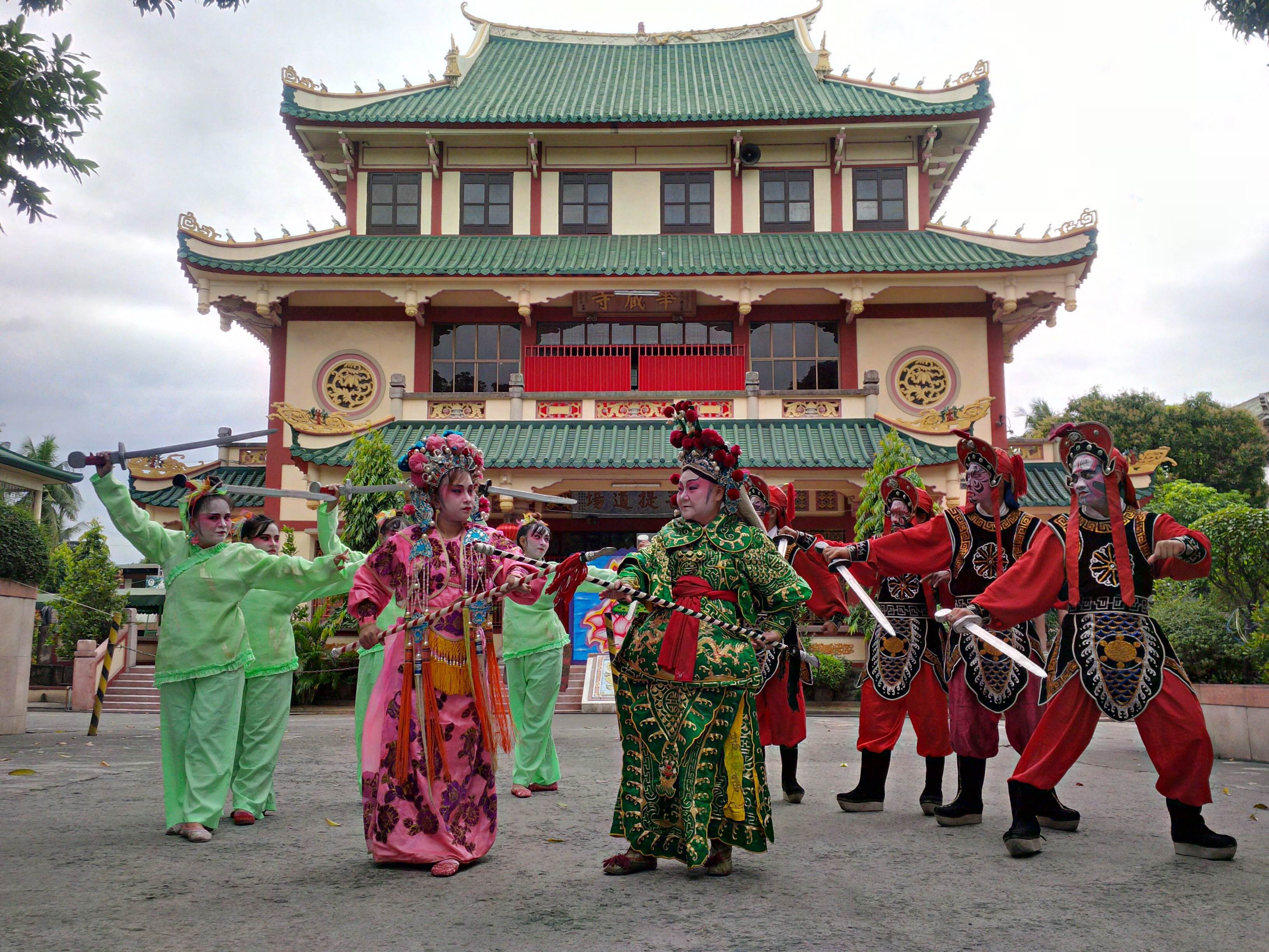Filtered By: Publicaffairs
Public Affairs
Kaoka: a dying tradition?
Mapanonood ang Kapuso Mo, Jessica Soho tuwing Linggo ng gabi sa GMA-7. Para sa karagdagang impormasyon tungkol sa programa, sundan kami sa Facebook, Twitter at Instagram. Para naman sa impormasyon tungkol sa mga paborito n’yong Public Affairs program, sundan ang GMA Public Affairs.
Unlike her brothers, Rosita did not want to dance in the middle of the streets. Never mind that it is a tradition that goes back to her ancestors, or that it spans laterally, too, to nearly all of her relatives. No. Rosita Lim will not don the costume of a Kaoka woman.
One day, Rosita fell ill. She had chills, she felt nauseated, her body temperature was always high. It was a vicious cycle. Sick, well, sick, well. Sometimes, a week would pass before she felt like herself again.
Her mother prayed to the gods. “Please heal my daughter,” Rosita recalled her mom saying “if you heal her, I will make her perform.”
It was not the most agreeable condition for Rosita, but seeing as her body had no other option, she wore the costume and makeup the moment she was healed.
She has been performing Kaoka ever since.
The tradition
Kaoka is a kind of Chinese opera similar to the Filipino zarzuela – complete with singing, acting, and dancing. It was brought to the Philippines in the 1920s and from the ‘50s to the ‘70s, it colored the streets of Binondo.
Kaoka is spoken in pure Hokkien, a dialect native to the southern parts of Fujian, China. Performers who do not speak the language have to undergo intensive speech training to master it.
Even though pure Chinese blood runs through her veins, Rosita did not escape the rigor of practicing the art of Kaoka. “We have a notebook written in Chinese. We have to memorize everything about our roles,” she said.
Rosita was the last one to join a Kaoka troupe in her family. Now she is part of the Hoc Kian Chinese Opera Group. They are in the business of training young enthusiasts, Chinese or not, in performing Kaoka. She teaches them the stories, the dialogue, and the movements straight from her experience.
But, she said, it is no longer the same.
Cheating the art
If Kaoka performers before struggled to memorize their lines, Rosita said that cheating is the norm today.
“It gets on my nerves most of the time when I’m directing,” Rosita said. "One time, a performer even wrote his lines on his sleeve during an interview. We caught him. It was embarrassing.”
She could not hide her distress. “We had respect for the performance when I was young,” Rosita said. "We did not want to make any mistakes. But now, that’s all the kids do.”
Kaoka is sacred for Rosita because, apart from her being healed of her sickness, it was a performance for the saints, not for the people. This brand of devotion is true even for other Kaoka performers who revere the craft.
64-year-old Bee Hua is a half-Filipino, half-Chinese Kaoka performer and is one of the oldest in the country. She was taught by a group of actors from Mainland China who came to the Philippines in the ‘80s.
From simple roles in the past, Bee now directs his own Kaoka group. But instead of letting enthusiasts “audition” for an acting post, she actively recruits Filipino kids – sometimes even from the slums of Manila.
With the generation of new performers growing, maybe there is a way to salvage Kaoka after all.
Looking up
Anson Yu, a writer and a scholar of Chinese culture, said that Kaoka is a dying art because there is a disconnect with the younger generation. What old performers saw as a sacred act, some younger performers may see as nothing but a novelty.
This, however, did not deter Bee. After all, she pledged his life to the saints – that she will continue Kaoka for as long as she lives.
So now, even though Bee finds teaching the kids how to speak Chinese rather challenging, she presses on. After all, her efforts would not be in vain.
One of her students managed to save enough money to invest in a burger stand – all from performing Kaoka. Jennifer did not go to college and she used to be a bum, but now she gets by quite well, considering she is raising two kids.
More than the art and the rich culture behind Kaoka, Bee and other performers see it as a way, too, to help others fulfill their dreams. That is why they wanted to keep on performing; more than to keep the art alive, they also aim to keep the good deed of aiding others.
And that, in essence, is what faith and devotion should be about – tradition paving the way to help others, thanking the gods and the saints with more than words, one changed life at a time. ---Princess Daquigan, BMS
More Videos
Most Popular




